Everyone has been used to seeing adorable photos of dogs gnawing on a bone as if their lives depend on it. How about cartilage? Can dogs eat cartilage that is a part of the bones they love so much?
Table of Contents
Can dogs have cartilage
Dogs evolved from the grey wolf and are born carnivores. Their balanced diet is mostly made up of meat and not just any kind of meat but high quality type that is filled with all essential amino acids.
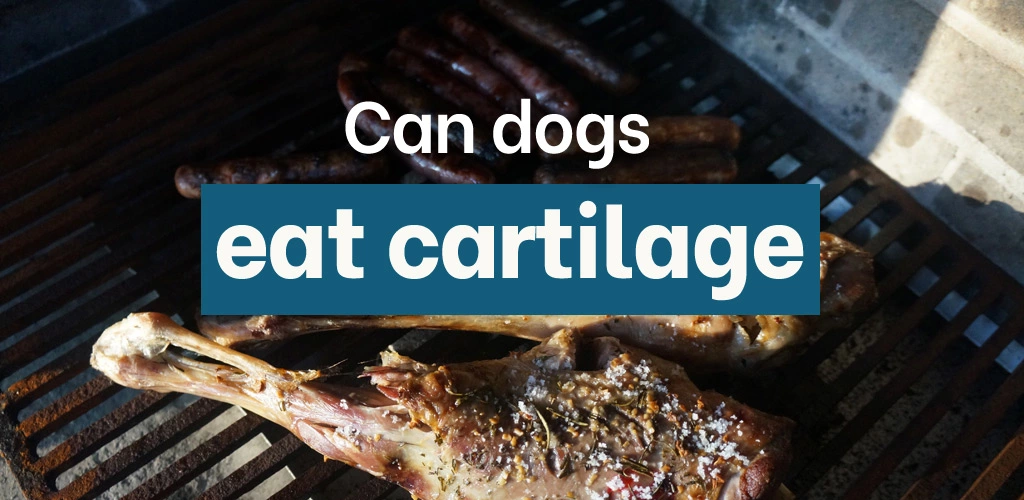
Every time dogs gnaw on raw bones, the nutrition is mainly derived from the attached soft tissues including connective tissue, fat, meat, and the cartilage instead of the bones themselves. If you are wondering if dogs can have cartilage, the answer is yes, they can. Cartilage is an excellent source of collagen for your dogs if you do not buy other collagen supplement for dogs.
Can dogs eat chicken cartilage
Chicken cartilage and gristle are somewhat a grey area when it comes to dogs. Cartilage, unlike bones, is made up of flexible and soft tissues so this doesn’t cause the same risks of laceration as bones do. However, cartilage might still pose a choking hazard if your pup swallows it up without chewing off the pieces first.
There are articles that state that chicken cartilage can benefit dogs since this is a natural source of glucosamine and is one of the best cartilage for dogs. The cartilage also has a texture that makes it easier for canines to clean off their teeth. Such claims may have some ounce of truth in them but don’t forget that just like anything, it is always better to keep a close eye on your dog every time you feed him chicken cartilage. High amounts of cartilage may also not good for your dogs.
Can dogs eat pork cartilage
Raw pork bones do contain several nutrients, especially in those soft tissue that are attached to the bones, specifically the meat, fat, and cartilage. Basically, dogs can eat pork cartilage. However, as long as you feed your pup a balanced and complete dog diet, he wouldn’t really need any additional nutrients coming from pork cartilage.
It is also important to remember that there are pork bones that can be too hard or too thick for dogs to chew. You might want to try giving smaller pieces of pork bones and cartilage to your pet and if he doesn’t encounter any problem gnawing on them, you could then give him bigger ones.
Can dogs eat rib cartilage
Yes, dogs can also eat rib cartilage. But, remember that rib bones themselves may be dangerous to large dogs that might easily break off the bone and attempt to swallow the pieces whole. Ribs and their cartilage may be safer for smaller dogs that will take their sweet time chewing on these treats.
Can dogs eat shark cartilage
Yes, dogs can eat shark cartilage. In fact, shark cartilage is considered as one of the most amazing treats that you can ever give to Fido.
Shark cartilage is a form of connective tissue. Letting your pup eat it can help in maintaining his overall dental health. Since cartilage doesn’t have the same level of density, the risk of getting a tooth fractured is significantly reduced.
The mere act of chewing on shark cartilage can also help dislodge and avoid the buildup of tartar and plaque that can both lead to the much dreaded smelly dog breath.
Can dogs eat skate cartilage
There is really not enough information as to whether or not dogs can eat skate cartilage. Skate is a type of fish and dogs can actually eat fish as a part of their healthy diet as long as it is properly cooked without additional seasonings and oils, doesn’t contain bones, and doesn’t belong to the species prone to high mercury levels like tuna. But, due to the lack of sufficient information, it might be best to avoid letting your pet eat skate cartilage to stay on the safe side.
Can dogs eat lamb cartilage
Lamb neck bones are rich in a significant amount of tendons, meat and cartilage that surround the bone. Yes, dogs can eat lamb cartilage. This is a great chew treat for both large and medium size dogs. The cartilage and meat alike offer a wonderful source of nutrients as well as long hours of happy chewing.
Can dogs eat fish cartilage
Yes, dogs can eat fish cartilage. Fish cartilage is found to help improve joint health and has hip support properties, a big advantage for senior dogs and those that suffer from joint pain and bone issues. Fish cartilage also has anti-inflammatory properties and supports the immune system. This is also rich in natural antioxidants such as taurine and vitamin E, the natural supplement that can help ward off heart attacks.
Can dogs eat cooked pork cartilage
Cooked pork bones should never be given to dogs since these are not digestible and can form obstructions. For this reason, it might be best not to give cooked pork cartilage to your pup unless you manually remove the part from the bone itself.
Can dogs eat chicken bone cartilage
Generally speaking, dog owners must be extra careful every time they give their pets bone parts or bones themselves. For instance, chicken bones must not be fed to dogs since these tend to break apart easily, with the bone pieces’ resulting sharp edges causing laceration in the intestinal tract or stomach of the dog. If you want to feed raw chicken bone cartilage to your dog, make sure you remove it first from the bones.
Do dogs like cartilage
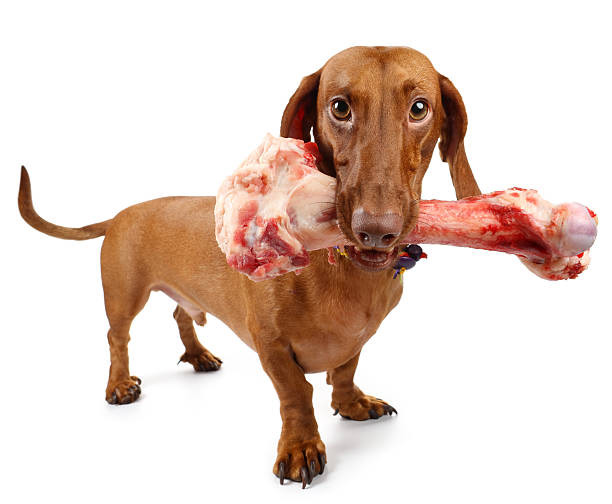
Dogs in general love to chew, especially bones. This is sometimes that comes totally natural to them. Canines do it for different reasons. This could be for pleasure or nutritional value. It can also be because they feel bored and they are looking for some sort of stimulation. This only means that dogs like cartilage and bones alike as it satisfies their cravings.
Should dogs eat cartilage
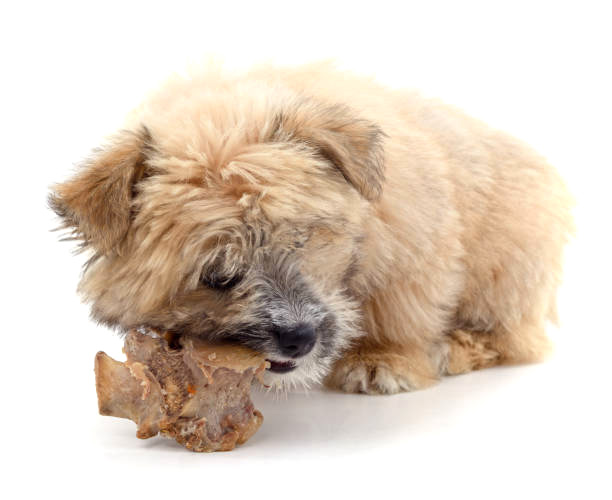
Cartilage is that chewy part found at the end of a piece of bone. Scientifically speaking, this is the connective tissue that holds bones together in the joint, like in the knees, shoulders, and end of the ribs. When it comes to texture, this is rubbery and firm, which is only natural since its biological function and purpose, is to absorb any shock caused by movements.
Should dogs eat cartilage, then? Well, the answer is maybe. This is because cartilage has high amounts of glucosamine content. You have probably heard of glucosamine as the supplement that is recommended for people who suffer from arthritic pain.
In case you don’t know, dogs can also get arthritis as they grow older. In fact, you can even find glucosamine supplements for dogs in the market. It just makes sense to make cartilage a part of the diet of your dog to ensure that he gets all the glucosamine that he needs to ensure that his joints stay in good health and to prevent joint disease.
Pigtails, beef trachea, and chicken feet are some of the best and most recommended natural sources of glucosamine for dogs.
Chicken feet, for example, are 30% cartilage and the cartilage has 5% glucosamine content. Experts claim that a single piece of chicken bone can give your pup around 450mg of glucosamine.
A much better option is beef trachea with the similar amount of glucosamine although this is bigger so your pet will end up getting approximately 1,400mg of glucosamine from just a single service. This is already a lot if you will consider that most vets would often prescribe 1,000mg of glucosamine supplement for dogs diagnosed with arthritis.
Cartilage is found to be good for the healthy bones of your pet and can also help with his oral hygiene. Letting him chew on rubbery can help clean the teeth of your dog since it helps get rid of those nasty bacteria as well as the small pieces of food that got stuck between the teeth. It also helps prevent gum diseases.
So yes, you can give cartilage to your dog as long as you do it safely and properly.
Is cartilage safe for dogs
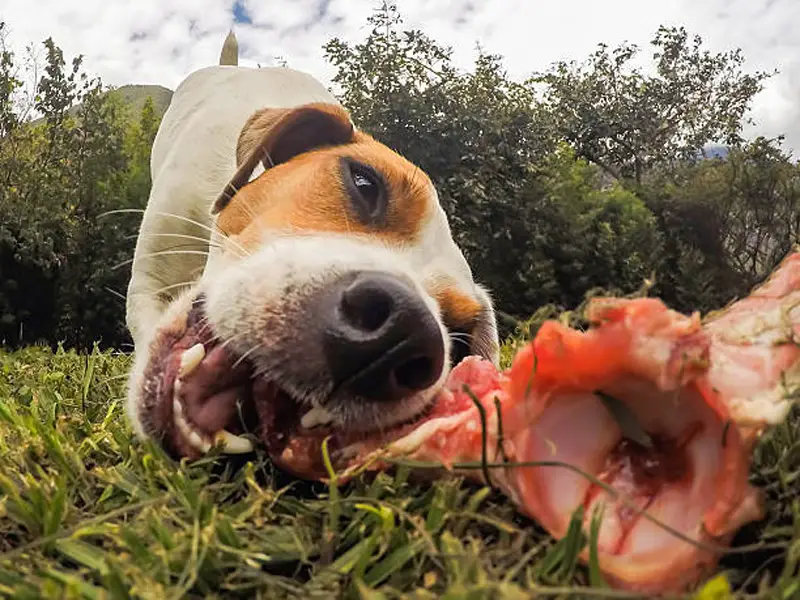
Cartilage and bones are good for dogs as long as you know the specific types that are perfectly safe and fine to give to your pup. The occasional bone is a great source of minerals such as calcium as well as the glucosamine present in the cartilage. But, remember that when cooked, bones can be dangerous and too brittle. While cartilage is safe for dogs, make sure to always be careful with how you serve it to your pet to ensure that there won’t be any risk and danger to your dog.
How often can dogs eat cartilage
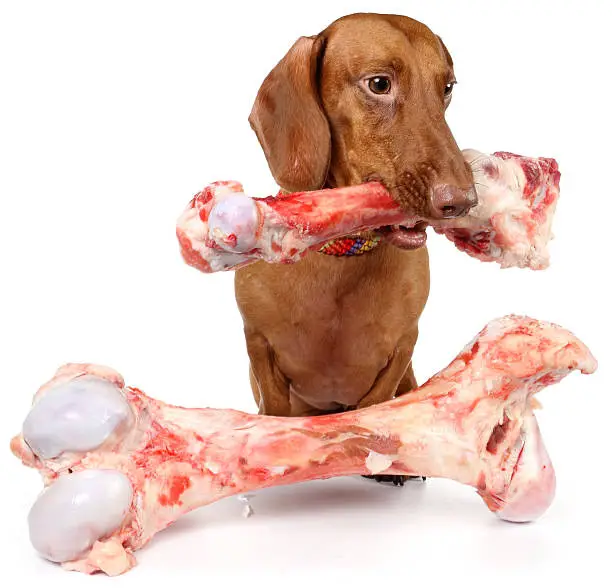
Letting your dog chew on a bone and eat the cartilage in it is good for the mental health of your dog. Most dogs are aggressive chewers. Chewing is a dog’s instinct and they need it for satisfying this animal need. Giving your dog a bone will not leave him any excuses and reasons to chew on your favorite slippers, shoes, and other things around the house.
Larger beef bones are nice treats for dogs since this can give them something they can chew on. In general, it is best to give a bone to your dog after his meal and he must gnaw at it instead of eat it. Let your pup have some fun with the bone for 20 minutes or so and remove it before things get too interesting, with your dog getting tempted to eat the bone itself.
Cartilage can be used as occasional treats for dogs that you can give to them once or twice a week.
Can dogs eat cartilage every day
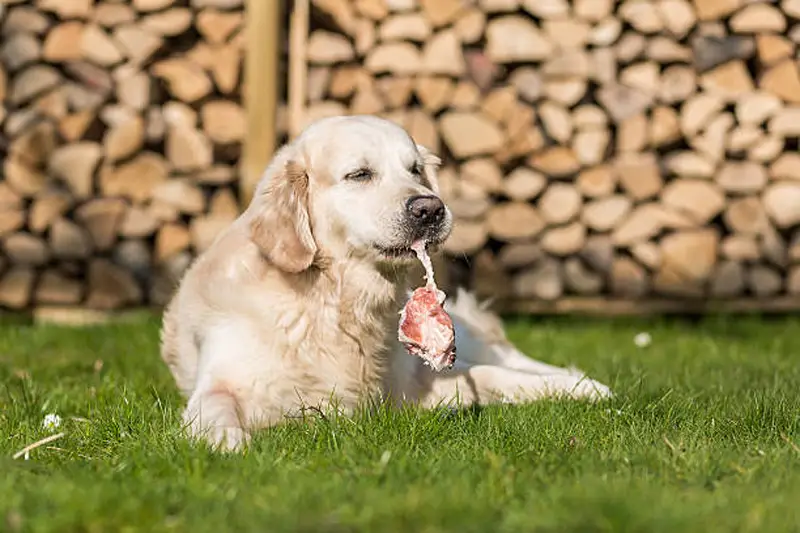
Cartilage must only make up a small portion of the regular diet of your dog. However, if it is only for the purpose of teeth cleaning, experts recommend that one or two sessions of eating cartilage per week might be enough for getting the job done.
Can puppies eat cartilage
The peak of the teething activity of your puppy starts from 12 to 24 weeks. Once your dog reaches 12 to 16 weeks of age, you could expect that their adult teeth already started to erupt and it might lead to great discomfort. It is the reason why they have the tendency to chew on things more aggressively.
Once your pup reaches 12 weeks of age, this is when you can start to introduce bones and cartilage to your pup. However, make sure that you only give him raw instead of cooked bones. This is something that you need to do slowly and ensure that you only serve large enough bones so that your puppy will not be able to shallow the whole piece.
Chewing on cartilage and bones can help ensure that your pup chews actively that helps alleviate the process of teething. It also offers a lot of dental health advantages and keeps your dog’s gums and teeth strong and healthy.
More resources:
- Can dogs eat duck gizzards
- Are bath and body works wallflowers safe for dogs
- Can dogs eat boba
- Can dogs eat alfredo sauce
- Is hummus safe for dogs

I am a full time forex trader. My pet and kids calm me when i trade!



